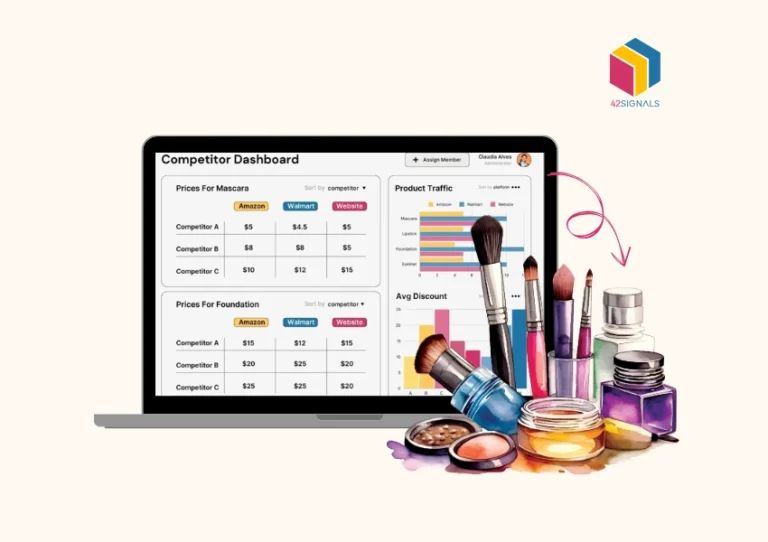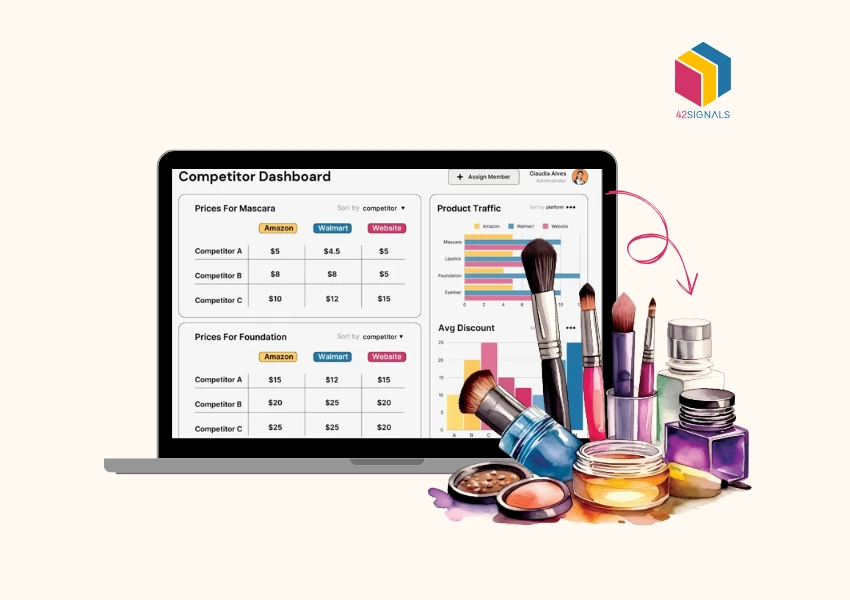The retail sector has been on a rollercoaster ride with multinational and local brands competing to establish their digital space worldwide. Painfully enough while surviving the recent pandemic, retail had to move from brick-and-mortar stores to set up e-commerce stores over the web. This decade has fast-forwarded itself at least by a few years because now we have almost the entire world signed up on the internet where all of us are exploring shopping on our way, leaving digital patterns for brands to explore and create tailored experiences. Building a personalized shopping experience is a must for brands in today’s digital world.
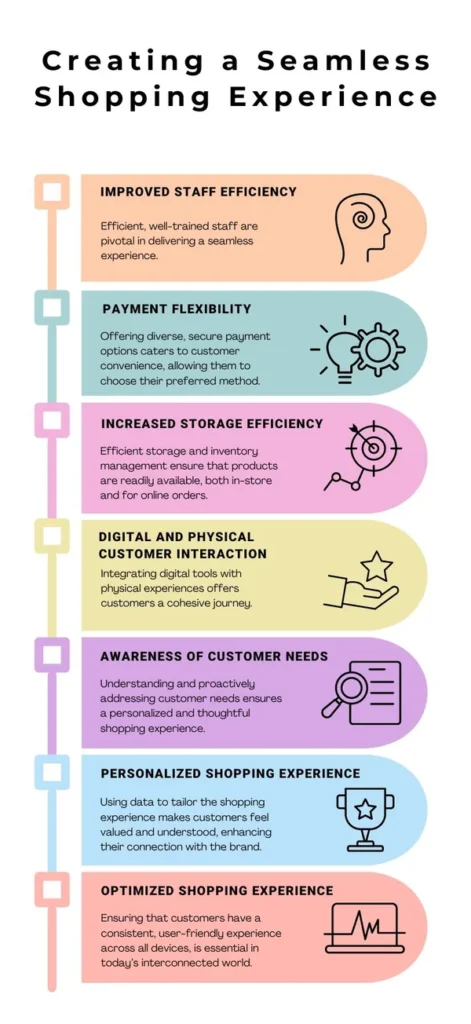
Image Source: Tokinomo
The next generation is driven by a desire for instant gratification, demanding personalization and a smooth online shopping experience. A recent study by IBM and e-commerce shopping data suggests that retail brands must be fueled with innovation.
They must have a presence across IoT platforms to reach Gen Z and Alpha to enable an omnichannel experience and drive a purchase. So how can retailers use consumer data to attract the right audience? Read further to find out.
Gen Z Shopping Experience – First Generation of True Digital Natives
Gen Z and Alpha have been exposed to the internet, social media, and mobile phones since their earliest youth. This resulted in creating a hypercognitive mode, where the new-gen is comfortable switching and integrating virtual and real-world information, becoming true digital natives.
The next generation is pragmatic, and with technological advancement, the search for truth is only a fingertip away. For true digital natives, checking out a brand’s web presence is often the first step in the shopping experience, either online or at the store.
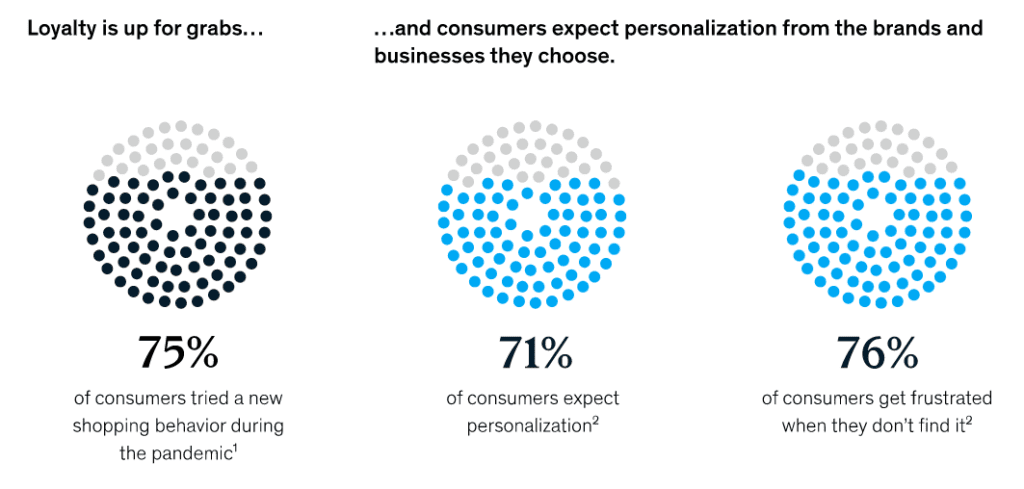
Creating a Personalized Shopping Experience for Gen Z
Next-gen consumers expect to access and evaluate information before making any decisions. These online searches and discussions leave a digital pattern and can be understood by brands using retail data analytics. Brands use these insights to attract the right consumers and connect with them by providing personalized services.
Digital-first retail brands can also use this data to optimize their presence across IoT, improve the supply chain, and deliver an authentic omnichannel shopping experience. Let’s take a look at some of the everyday use cases below.
Establish a real-time supply chain
Big data, web analytics, and IoT help retailers. It can dramatically improve their supply chain and build a customized customer experience. According to the report by the Hackett Group, about 66% of supply chain companies need to use data analytics for future operations.
Retail data on consumer patterns can help brands to better plan ahead for procuring products, and showcase the most trending products first. This can help avoid stockouts and tackle demand and supply issues by improving efficiency and raising profit margins. Retail data can also provide insights into suppliers, price parity, and relevant categories that have major profits.
Establish a presence across the IoT
We are entering a new era, where the future purchasing power is carried forward to Gen Z and Alpha. Preparing for them across all the internet-enabled platforms like IoT has created an opportunity for brands to establish their presence and also get noticed.
About 60% of Zoomers use social media platforms like Instagram to discover new brands, services, and products, leading to massive purchases.
The largest category in retail is fashion tech, and beauty, leaving room for influencers to be appealing to the digital-savvy audience.
With the power of AI, machine learning, and predictive analytics, brands can understand consumer behavior data and gain powerful insights from it. It helps brands offer the most relevant products to customers and improve digital sales.
Combine AI and data for a Personalized Shopping Experience
Where instant gratification is a prerequisite for most consumers in the fast-paced digital world. A brand must react quickly to trends, especially those driven on social media platforms.
Online Merchandising using tools like 42Signals, will help brands to react quickly for assorting products. Also helps to deliver an authentic omnichannel experience catering to different perspectives, preferences, and expectations. Brands need to understand the importance of using data analytics to stay ahead of the competition and drive an edge.
Conclusion
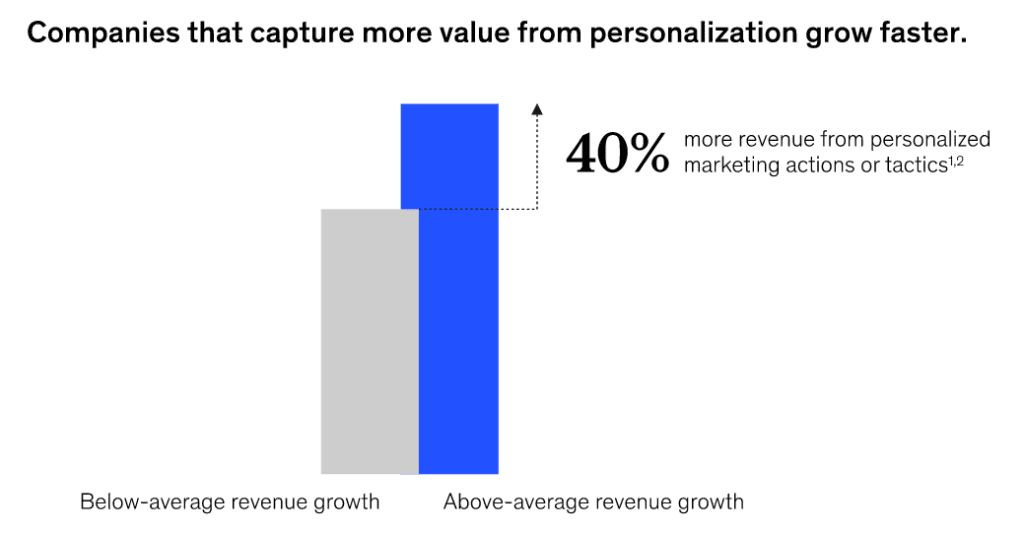
Now that you know about multiple use cases for using retail data analytics. You will now need to look for a reliable tool that can help you get insights into consumer patterns and implement them in your business strategy. Consider using 42Signals, as your retail data partner and use our in-house e-commerce insights tool to explore the online market.
In the next few years, brands will need to use innovation and the power of data to understand consumer purchasing behavior. Building a personalized shopping experience is a must for brands in today’s digital world.
This includes listening to your consumers via comments, forums, and social media platforms to predict trends and look at shopping patterns.
Retailers should harness this data for good because this will be the foundation to create a shopping experience best suited for Gen Z and Alpha.
Frequently Asked Questions on Shopping Experience
What is the shopping experience?
The shopping experience refers to the entire journey a customer goes through when interacting with a brand or retailer, from discovering products to making a purchase and receiving post-sale support. It includes both online and in-store interactions and is shaped by factors such as:
- Website or store layout
- Product presentation
- Customer service
- Checkout process
- Delivery and returns
A great shopping experience makes it easy, enjoyable, and satisfying for the customer to shop, ultimately influencing loyalty and repeat purchases.
How do you describe a shopping experience?
A shopping experience is typically described in terms of:
- Ease of use – How simple it was to find, choose, and buy a product
- Emotional impact – How the customer felt during and after the shopping process
- Service quality – The helpfulness and professionalism of staff or support channels
- Efficiency – Speed of browsing, checkout, delivery, and issue resolution
- Personalization – Whether the experience felt tailored to the individual
Descriptions may range from “fast and convenient” to “confusing and frustrating”, depending on how the customer perceives the journey.
What is a positive shopping experience?
A positive shopping experience is one where the customer feels:
- Understood – Their needs were met, and relevant products were easy to find
- Valued – They received good service, attention, or follow-up
- Confident – Product information was clear and trustworthy
- Satisfied – The purchase was easy, and the product met expectations
- Respected – Any problems were resolved quickly and fairly
Positive experiences often lead to loyalty, word-of-mouth referrals, and higher lifetime value.
What is an in-store shopping experience?
The in-store shopping experience is the physical journey a customer takes inside a retail location, involving elements like:
- Store layout and navigation – How easy it is to find what they’re looking for
- Product accessibility – Whether items are well-stocked and attractively displayed
- Staff interaction – The friendliness, knowledge, and availability of employees
- Ambience and environment – Lighting, music, cleanliness, and comfort
- Checkout process – Speed, efficiency, and payment options
A great in-store experience combines efficiency with a human touch, encouraging customers to return and shop again.


